People refer to a wide range of different marine mammals as a “Dolphin.” Researchers place all of the various species in the Cetacea infraorder. They classify all Dolphins as “toothed whales” or Odontoceti.
However, they do not recognize all toothed whales as “Dolphins.” They only classify members of the Delphinidae and Inioidea families as true Dolphins. This excludes the porpoise, narwhal, beaked whale, sperm whale, and more. Read on to learn about the Dolphin.
Description of the Dolphin
Though each species has its own unique morphology, or shape, most members of this group share a similar form. They have elongated, streamlined bodies with one dorsal fin on their backs, two pectoral fins underneath, and a tail, or caudal, fin.
Sizes range from about 5 ft. long to over 30 ft., depending on the species. Some species weigh just over 100 lbs. while others can weigh several tons.
Interesting Facts About the Dolphin
These intelligent creatures each have their own unique traits, adaptations, and behaviors. Learn more about a few specific species, below.
- Popoto – Researchers actually recognize the popoto as a subspecies of Hector’s Dolphin. Some of the smallest species in the group, these marine mammals measure about 5.5 ft. long on average. The IUCN recognizes the species as Endangered, and this subspecies faces even more dire threat.
- Orca – Yes, researchers actually recognize orcas as Dolphins! As the largest members of the group, these marine mammals measure about 20 ft. long on average. Males reach slightly longer lengths than females do.
- Boto – One of the most notable characteristics of this species is their color. In some instances, these marine mammals have light pink-colored skin. Males and larger adults have more vibrant color. This species lives in freshwater river systems of the Amazon Basin.
- Commerson’s Dolphin – In aquariums, people often misidentify this species as a baby killer whale. This is because the species has black and white colored skin. Adults reach just five feet in length on average.
Habitat of the Dolphin
These marine mammals occupy a wide range of different habitat types. Some live in freshwater habitats, but most live in saltwater. They live in coastal seas, open ocean, rivers, river deltas, lakes, estuaries, bays, and much more. You can also find some saltwater species in brackish water habitats where freshwater and saltwater mix.
Distribution of the Dolphin
The various species each have their own unique ranges and distribution. Some have cosmopolitan distribution and live in oceans virtually across the globe. Others live only in tiny regions, and you cannot find them anywhere else in the world.
As a whole, this group lives across every ocean on Earth, as well as many rivers, estuaries, and even lakes.
Diet of the Dolphin
All members of this group have carnivorous feeding habits. The vast majority hunt for fish, squid, and other aquatic prey. A handful of larger species hunt for other marine mammals, including seals, sea lions, whales, and smaller toothed whales.
Some species eat just about anything they can catch, and have opportunistic feeding habits. Others specialize on certain types of prey. For example, some killer whales follow the salmon runs as their primary diet.
Unique Hunting Strategies
Many members of this group utilize their intelligence to access prey they otherwise could not easily catch. Some use bubble netting, where the members of the pod blow bubbles around a school of fish to confuse and bunch them together to easily catch them. Others drive aquatic prey up onto the shore so that they can easily catch it and wiggle their way back into deeper waters.
Dolphin and Human Interaction
Humans interact with a number of different species in this group. Zoos and aquariums house several different species, the Bottlenose Dolphin being the most common species. They feed the animals a variety of different fish, including herring, capelin, smelt, salmon, and more.
Trainers teach these intelligent animals a number of different behaviors to help mentally stimulate them. They also teach them behaviors that help the trainers care for them, known as husbandry behaviors. Some husbandry behaviors include allowing the veterinarians to take blood, do ultrasounds, insert feeding tubes, and more.
Sadly, humans often cause damage to wild members of this group. Pollution and habitat destruction both threaten wild species, and overfishing depletes the available prey for these predators. Additionally, people in certain regions hunt some species in this family, and fisheries that do not target them sometimes accidentally trap cetaceans in their nets.
Domestication
Humans have not domesticated these marine mammals in any way.
Does the Dolphin Make a Good Pet
No, these animals do not make good pets. You must have a slew of different permits to house these animals.
Dolphin Care
As social animals, these marine mammals must live in groups, even when in human care. For this reason, zoos and aquariums must provide ample space and deep pools for them to swim in freely. Additionally, facilities have multiple connected habitats so that they can separate animals if needed and allow them to have space.
As most species have primarily piscivorous diets, zoos and aquariums typically feed them fish. Their diet includes a variety of different fish, such as herring, capelin, salmon, smelt, and squid.
Behavior of the Dolphin
Different species have different behaviors. Most have complex social behavior, and live in groups known as pods. Some pods contain just a handful of animals, while other pods contain hundreds or more. In some species, smaller pods come together at certain times of year or around a prolific food source. Pods often work together to capture prey.
Reproduction of the Dolphin
Breeding habits and reproductive rates vary based on the species at hand. However, as mammals, all species give live birth. The females develop the young in their uterus, and after birth they feed their young milk. The gestation period varies from species to species. Nearly all species give birth to a single offspring, known as a calf.
Beliefs, Superstitions, and Phobias About the Dolphin
People have used these creatures in a wide variety of different religions and cultures to represent a variety of different stories and symbols. Many stories and myths include the marine mammals aiding humans, particularly sailors who find themselves in trouble. The different stories and myths vary based on the species, the region, and the culture or religion.

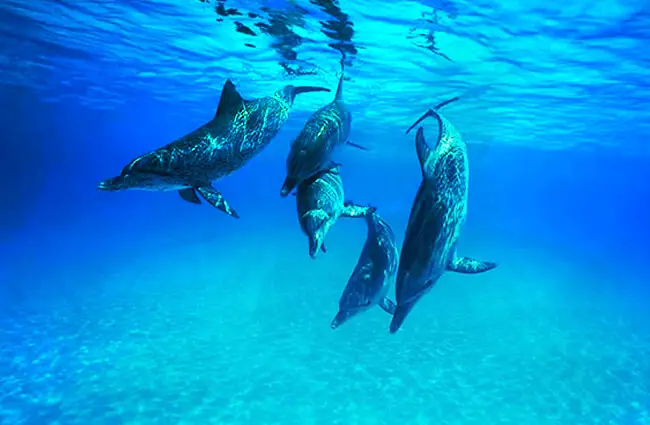
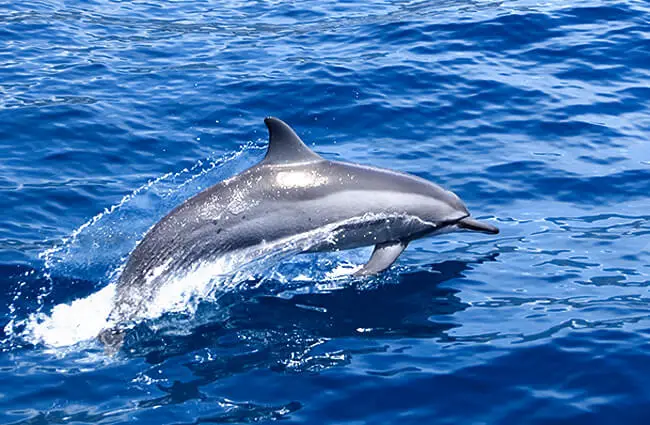
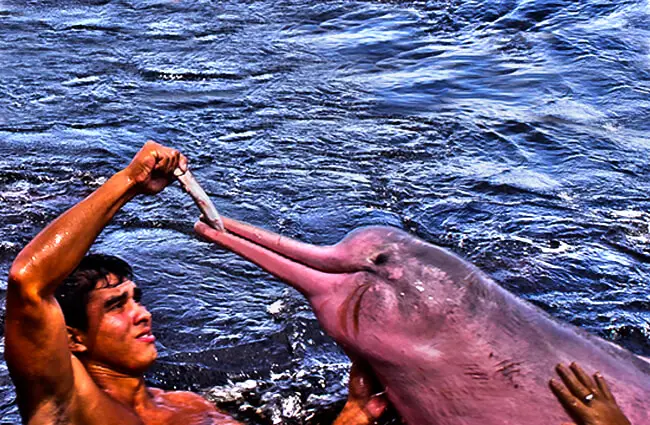
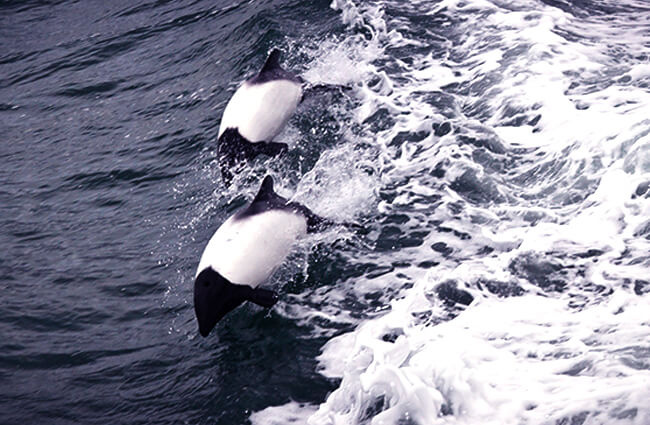


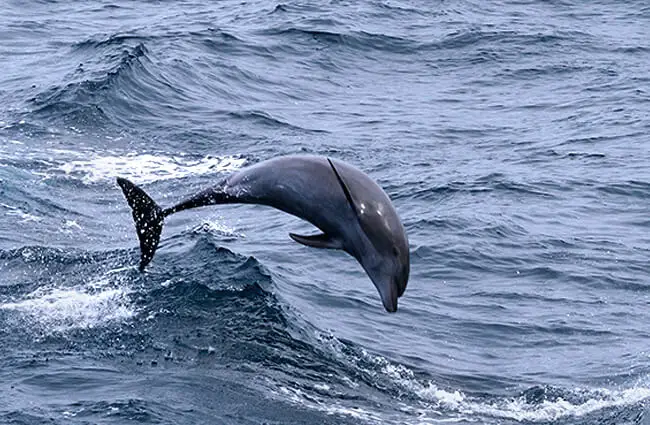
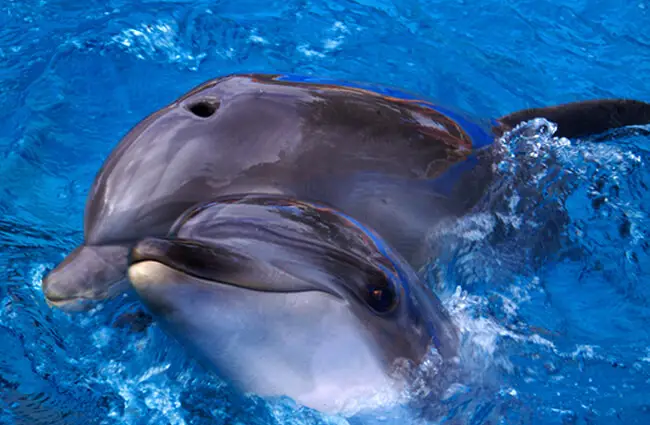
![One of the fastest swimmers in the sea, this Dolphin is making a big splash. Dolphin Photo by: Bernard Spragg. NZ [public domain] https://creativecommons.org/licenses/by-nd/2.0/](https://animals.net/wp-content/uploads/2020/02/Dolphin-9-650x425.jpg)


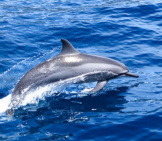


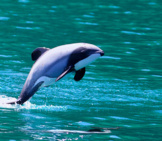

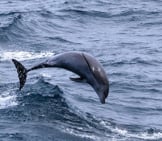

![One of the fastest swimmers in the sea, this Dolphin is making a big splash. Dolphin Photo By: Bernard Spragg. Nz [Public Domain] Https://Creativecommons.org/Licenses/By-Nd/2.0/](https://animals.net/wp-content/uploads/2020/02/Dolphin-9-162x141.jpg)
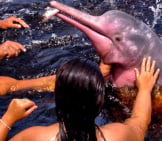
![Red Angus Closeup of a beautiful Red Angus cowPhoto by: U.S. Department of Agriculture [pubic domain]https://creativecommons.org/licenses/by/2.0/](https://animals.net/wp-content/uploads/2020/03/Red-Angus-4-238x178.jpg)












![Red Angus Closeup of a beautiful Red Angus cowPhoto by: U.S. Department of Agriculture [pubic domain]https://creativecommons.org/licenses/by/2.0/](https://animals.net/wp-content/uploads/2020/03/Red-Angus-4-100x75.jpg)

